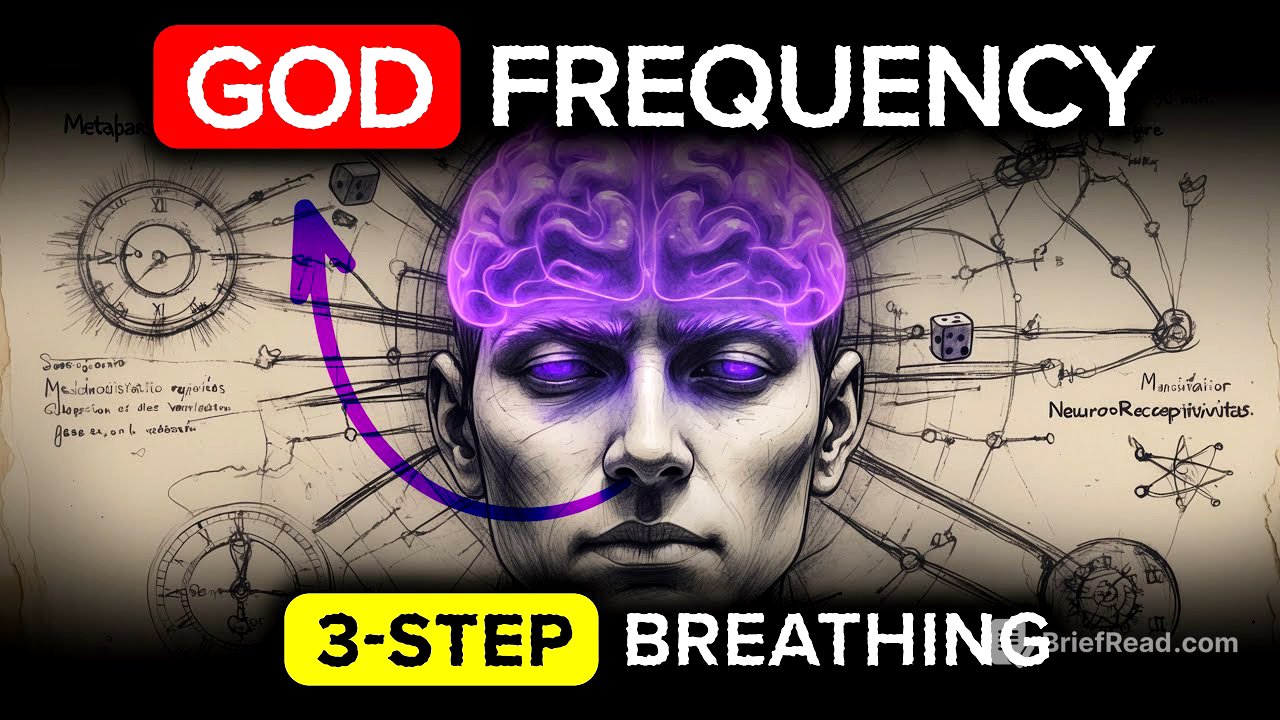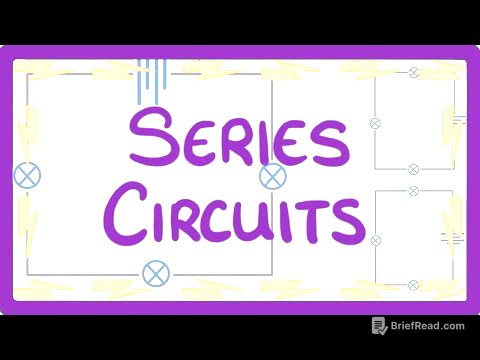TLDR;
This video introduces a three-step breathing technique designed to transform mental states, reduce stress, and unlock creative potential. It details the specific neurological effects of each breath, supported by scientific studies, and outlines the benefits of consistent practice. The video also addresses common mistakes and provides an advanced tip for enhanced results.
- Three-step breathing technique to reduce stress and increase creativity.
- Scientifically backed neurological effects.
- Benefits of consistent practice and common mistakes to avoid.
Technique [1:46]
The video presents a three-step breathing technique to be performed in a comfortable seated position with a straight spine. The first breath, the physiological reset, involves inhaling deeply through the nose for five seconds, holding for three, and exhaling through pursed lips for seven to stimulate the vagus nerve. The second breath, the frequency alignment, includes visualizing liquid sunlight entering the body while inhaling for five seconds, holding for four, and exhaling for seven while solidifying the desired state. The third breath, the neural command, requires inhaling for five seconds while mentally repeating an "I am" statement, holding for five seconds, and exhaling for seven while smiling to release serotonin and dopamine.
The Science [4:47]
The cleansing breath stimulates the vagus nerve, reducing heart rate and blood pressure, and increasing heart rate variability (HRV). The golden breath impacts the default mode network (DMN) and visual cortex, enhancing theta-gamma wave coupling linked to insights. The reality breath pairs "I am" statements with the induced physiological state, creating a new self-concept. The five-second hold increases CO2 levels, improving cerebral blood flow to the prefrontal cortex, and smiling triggers the zygomaticus major muscle, reinforcing the new belief. Post-practice, the brain enters a metaplastic state, enhancing receptiveness to positive reinforcement.
Benefits & Common Mistakes [7:25]
Consistent practice of the breathing technique yields compounding benefits. Within a week, stress reduction and improved sleep quality are noticeable. After a month, neuroplastic changes enhance creativity and problem-solving. After three months, gene expression changes associated with cellular longevity and memory improvement occur. Common mistakes include underestimating posture, rushing the sequence, overcomplicating visualizations, and neglecting the smile. Maintaining spinal alignment, pausing between breaths, focusing on sensations, and even a slight upturn of the lips are crucial for the technique's effectiveness.
Conclusion [9:48]
The breathing exercise is a tool to reshape brain structure and biochemistry. Subtle shifts like reduced mental chatter and newfound clarity may be noticed immediately. Practicing the sequence daily for 21 days is recommended to make new neural connections permanent. An advanced tip involves practicing during the cortisol awakening response for enhanced effects.






![10명 중 9명이 틀린 문제?! 세계를 바라보는 시각을 교정해주는 [팩트풀니스] 요약](https://wm-img.halpindev.com/p-briefread_c-10_b-10/urlb/aHR0cDovL2ltZy55b3V0dWJlLmNvbS92aS93LWY3YUlsUFYzTS9ocWRlZmF1bHQuanBn.jpg)


